Filter by
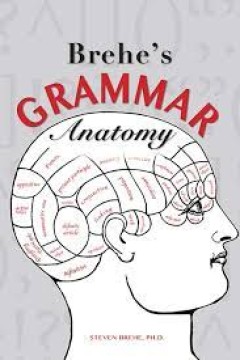
Brehe’s Grammar Anatomy
Brehe’s Grammar Anatomy makes grammar accessible to general and specialist readers alike. This book provides an in-depth look at beginner grammar terms and concepts, providing clear examples with limited technical jargon. Whether for academic or personal use, Brehe’s Grammar Anatomy is the perfect addition to any resource library.
- Edition
- -
- ISBN/ISSN
- 9781940771496
- Collation
- -
- Series Title
- -
- Call Number
- 611 BRE b
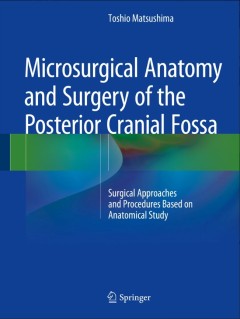
Microsurgical Anatomy and Surgery of the Posterior Cranial Fossa
This book describes the anatomy of the posterior fossa, together with the main associated surgical techniques, which are detailed in numerous photographs and step-by-step color illustrations. The book presents approaches and surgical techniques such as the trans-cerebellomedullary fissure approach and its variation to the fourth ventricle, as well as the cerebellomedullary cistern, infratent…
- Edition
- 1
- ISBN/ISSN
- 978-4-431-54182-0
- Collation
- XXV, 314
- Series Title
- -
- Call Number
- -
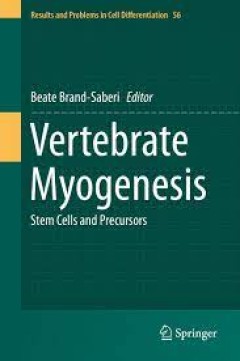
Vertebrate Myogenesis Stem Cells and Precursors
This book addresses the differentiation control of skeletal muscle in different locations of the vertebrate body Particular attention is paid to novel regulatory molecules and signals as well as the heterogeneity of origin that have revealed a developmental overlap between skeletal and cardiac muscle. Different functional muscle groups are the product of the evolution of the vertebrate classes,…
- Edition
- -
- ISBN/ISSN
- 978-3-662-44608-9
- Collation
- 2 b/w illustrations, 23 illustrations in colour
- Series Title
- -
- Call Number
- -
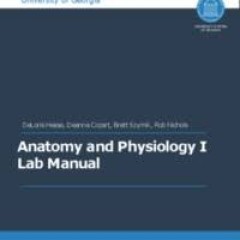
UGA Anatomy and Physiology 1 Lab Manual
Physiology is the study of organ function and interaction. Physiology may be studied from the molecular level to the organism level. The hierarchical levels of organization of the human body from the smallest structure to the largest structure are molecular, cellular, tissue, organ system, and organism
- Edition
- -
- ISBN/ISSN
- -
- Collation
- -
- Series Title
- -
- Call Number
- 611 HES u
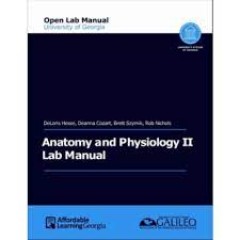
UGA Anatomy and Physiology 2 Lab Manual
The manual contains the following labs: Blood Composition Blood Typing Heart Anatomy Cardiovascular Physiology Systemic Blood Vessels Anatomy of the Respiratory System Physiology of the Respiratory System Renal Anatomy Urinalysis Digestive System Anatomy Digestive Physiology Male Reproductive System Female Reproductive System
- Edition
- -
- ISBN/ISSN
- -
- Collation
- -
- Series Title
- -
- Call Number
- 611 MAS u

Fundamentals of Anatomy and Physiology - Australian Edition
ght in Australia, aiming to provide students with an increased access to free, high-quality learning materials. The material in this textbook is largely based on OpenStax’s Anatomy & Physiology textbook, however, has been modified for Australian course curriculum.
- Edition
- -
- ISBN/ISSN
- -
- Collation
- -
- Series Title
- -
- Call Number
- 611 CHR f

Ultrasound Anatomy of Lower Limb Muscles A Practical Guide
The book provides a comprehensive description of the basic ultrasound principles, normal anatomy of the lower limb muscles and classification of muscle strain injuries. Ultrasound images are coupled with anatomical schemes explaining probe positioning and scanning technique for the various muscles of the thigh and leg. For each muscle, a brief explanation of normal anatomy is also provided, tog…
- Edition
- -
- ISBN/ISSN
- 978-3-319-09480-9
- Collation
- 173 b/w illustrations, 48 illustrations in colour
- Series Title
- -
- Call Number
- -
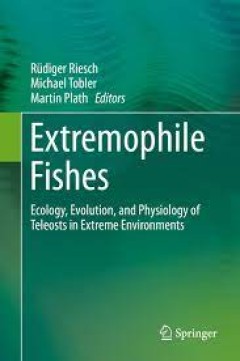
Extremophile Fishes Ecology, Evolution, and Physiology of Teleosts in Extrem…
This book summarizes the key adaptations enabling extremophile fishes to survive under harsh environmental conditions. It reviews the most recent research on acidic, Antarctic, cave, desert, hypersaline, hypoxic, temporary, and fast-flowing habitats, as well as naturally and anthropogenically toxic waters, while pointing out generalities that are evident across different study systems. Knowledg…
- Edition
- -
- ISBN/ISSN
- 978-3-319-13362-1
- Collation
- 14 b/w illustrations, 16 illustrations in colour
- Series Title
- -
- Call Number
- -
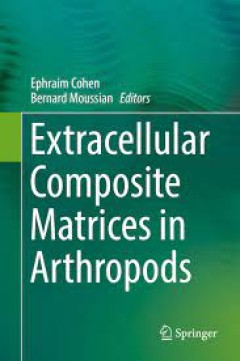
Extracellular Composite Matrices in Arthropods
Emphasis is placed on the elaborate cuticular matrices in insects and crustaceans, spider and insect silks, sialomes of phytophagous and blood-feeding arthropods as well as on secretions of male and female accessory glands. Focus is placed largely on insects, due to the extensive body of published research that in part is the result of available whole genome sequences of several model species (…
- Edition
- -
- ISBN/ISSN
- 978-3-319-40740-1
- Collation
- 39 b/w illustrations, 83 illustrations in colour
- Series Title
- -
- Call Number
- -
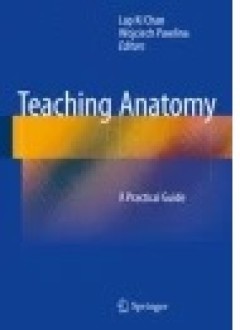
Teaching Anatomy
Teaching Anatomy: A Practical Guide is the first book designed to provide highly practical advice to both novice and experienced gross anatomy teachers. The volume provides a theoretical foundation of adult learning and basic anatomy education and includes chapters focusing on specific issues that teachers commonly encounter in the diverse and challenging scenarios in which they teach. The boo…
- Edition
- -
- ISBN/ISSN
- 978-3-319-08930-0
- Collation
- XX, 403
- Series Title
- -
- Call Number
- 574 CHA t
 Computer Science, Information & General Works
Computer Science, Information & General Works  Philosophy & Psychology
Philosophy & Psychology  Religion
Religion  Social Sciences
Social Sciences  Language
Language  Pure Science
Pure Science  Applied Sciences
Applied Sciences  Art & Recreation
Art & Recreation  Literature
Literature  History & Geography
History & Geography